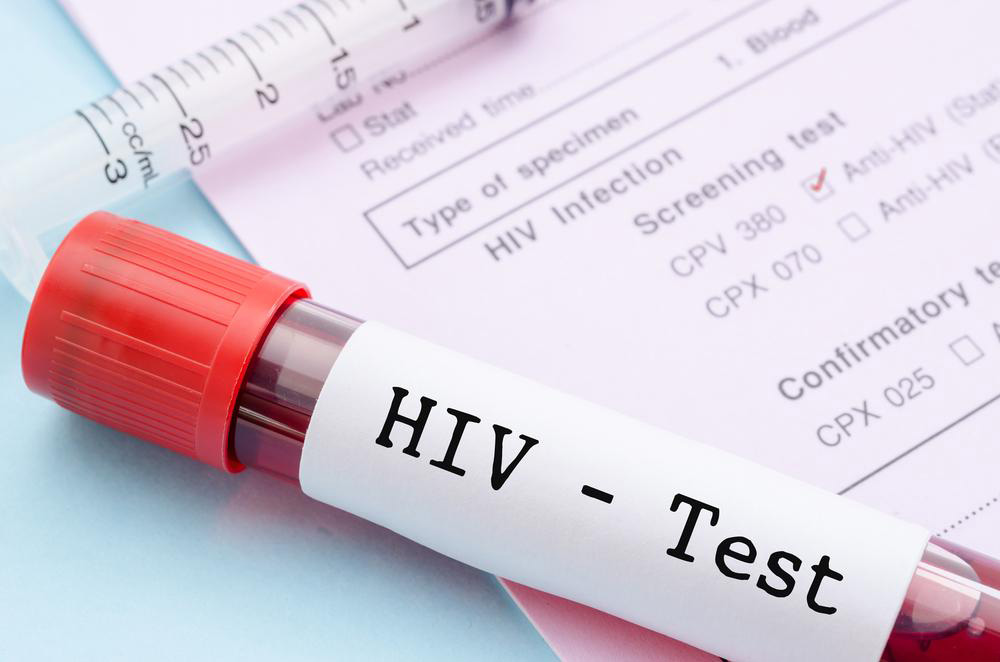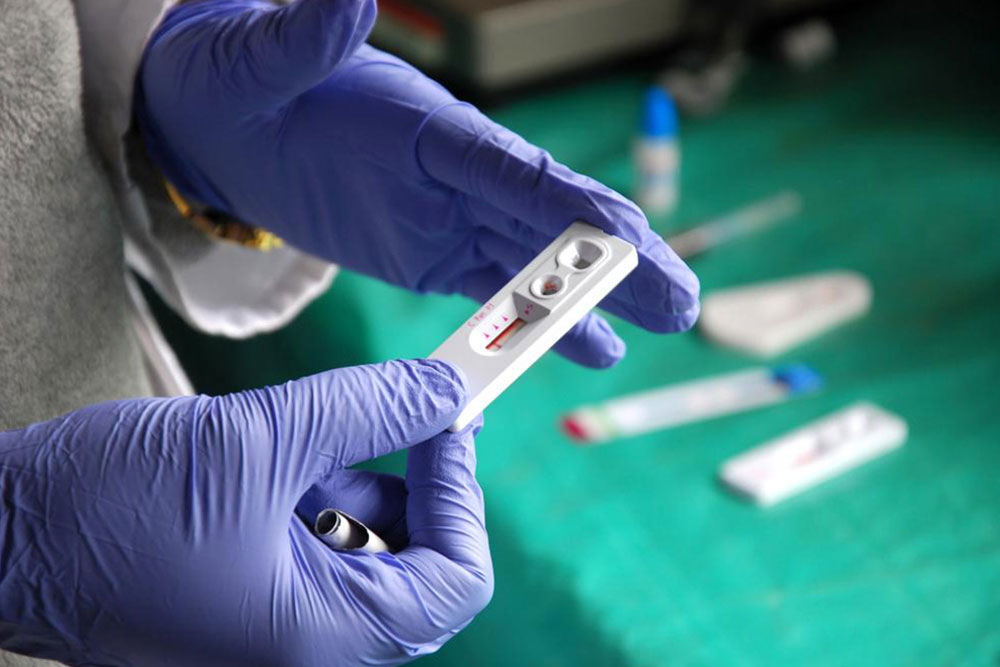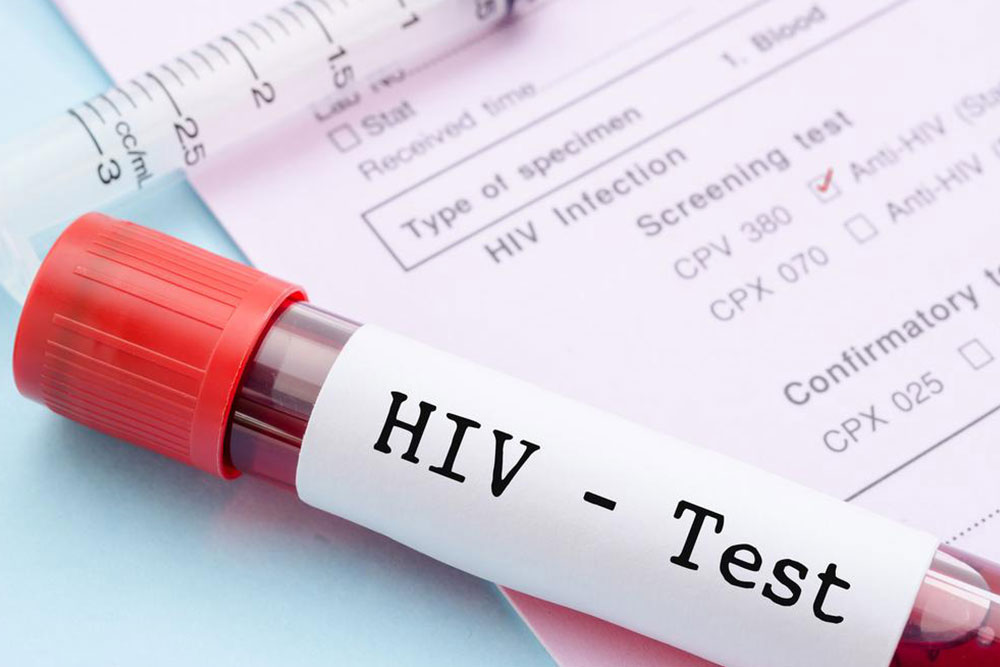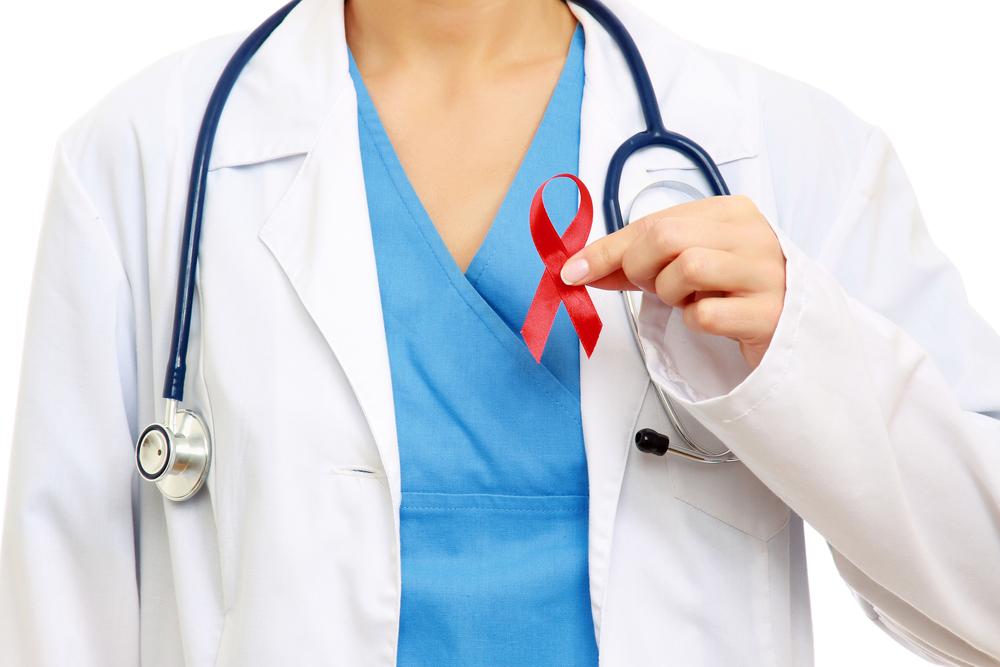Recognizing the Early Indicators of HIV Infection
Learn to identify early signs of HIV infection, including flu-like symptoms and immune response indicators. Early detection through testing is vital for effective management. Understand available treatment options that help control the virus and improve health outcomes. Recognizing symptoms early can prevent progression to AIDS and reduce transmission risks. Stay informed and consult healthcare professionals promptly if you suspect exposure or notice symptoms.

Recognizing the Early Indicators of HIV Infection
HIV, or human immunodeficiency virus, can progress to AIDS (acquired immunodeficiency syndrome). Transmission occurs primarily through sexual contact, but it can also happen if infected blood enters the body. Women with HIV can pass the virus to their babies during pregnancy or breastfeeding. The infection develops through various stages, with AIDS being the final. Not everyone infected will develop AIDS. Once infected, HIV remains in the body for life. Recognizing initial symptoms allows for early intervention and better management of the virus.
Initial signs of HIV
Symptoms depend on the infection stage; some may not experience symptoms initially. Common early signs include flu-like symptoms occurring weeks after infection, while others may remain asymptomatic. Typical symptoms can include:
Fever
Muscle and joint pain
Headaches
Sore throat
Swollen lymph nodes
Skin rash
Night sweats
Fatigue
Mouth ulcers
What to do if you notice these signs:
These symptoms resemble other viral illnesses, making it easy to dismiss them. However, if you suspect HIV exposure—especially after unprotected sex or contact with infected blood—consult a healthcare professional immediately for testing. Early symptoms can be mild or absent, yet the virus is highly contagious during this phase. Getting tested if there’s any doubt is crucial for early detection and treatment.
It’s important to note that some individuals may not display symptoms for years. Only HIV testing can confirm infection, as early signs are often indistinguishable from other viruses. Once diagnosed, treatments are available to manage the infection and improve quality of life.
Available Treatments
While HIV has no cure, antiretroviral therapy (ART) allows individuals to live healthy lives. Treatment involves daily medication tailored to the person's medical history, and regular testing helps monitor progress. Various HIV drugs target the virus differently; typically, a combination of up to 23 medications from different classes is used to prevent resistance and ensure effectiveness. Personalized treatment plans optimize outcomes, making ongoing medical supervision essential.










